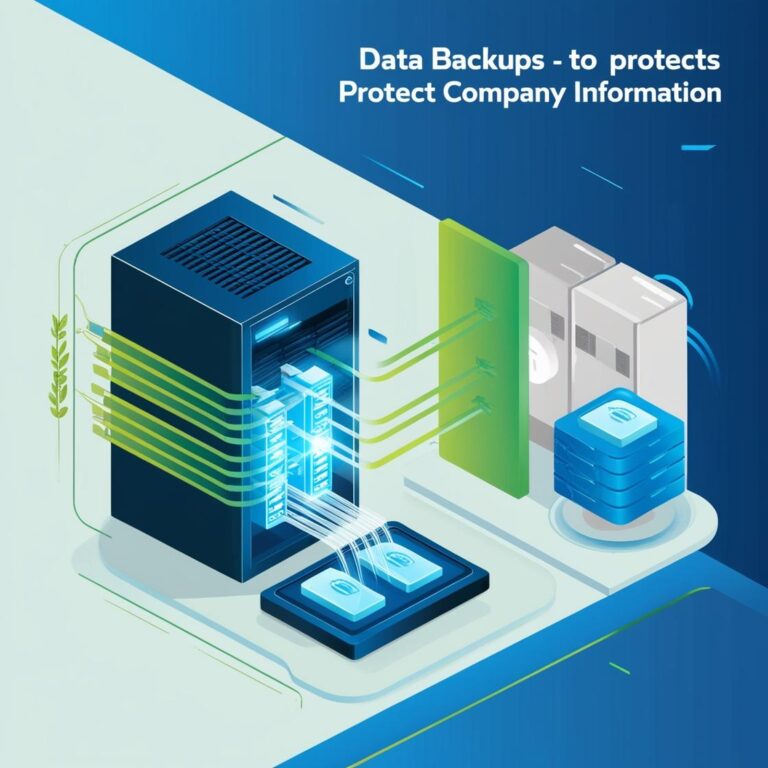In the vast digital world, where connectivity is omnipresent, the threat of viruses and malware lurks in every corner of the network.
Protecting our devices and systems from these threats is an absolute priority in the digital age.
In this article, we’ll explore effective strategies for safeguarding against viruses and malware, from basic security practices to advanced protection tools.
- Awareness and Education: The First Line of Defense
Knowledge is power when it comes to defending against viruses and malware.
Educating users about cybersecurity practices, such as avoiding suspicious links, downloading software only from trusted sources, and refraining from sharing personal information online, is essential in preventing malware infections.
- Antivirus and Antimalware Software: Shield Against Digital Threats
Antivirus and antimalware programs are essential tools in the fight against viruses and malware. These programs actively scan our devices for known threats and remove them before they can cause harm.
Keeping these programs up to date is crucial to ensure they are equipped to handle the latest threats.
- Firewall: Guardian of the Network
A firewall acts as a barrier between our devices and the network, filtering incoming and outgoing traffic to detect and block threats. Configuring and maintaining a firewall properly can help prevent the spread of viruses and malware, protecting our network and data.
- Software Updates: Keeping the Door Closed to Threats
Keeping our software updated is a critical part of protection against viruses and malware. Software updates often include security patches that address known vulnerabilities, enhancing our systems’ resistance to cyber threats.
- Regular Backups: Preparedness for the Unexpected
It’s impossible to predict when a virus or malware might infiltrate our systems, so it’s important to be prepared for the worst. Regularly backing up critical data allows us to restore information in the event of a severe infection, minimizing the impact on operations.
- Safe Browsing and Email: Constant Vigilance
Most viruses and malware spread through emails and compromised websites. Practicing safe browsing, avoiding untrustworthy or suspicious websites, and exercising caution when opening unknown emails and attachments can significantly reduce the risk of infection.
- Behavior Analysis: Detecting the Unusual
Advanced security solutions use behavior analysis to identify and stop malware in real-time. These tools monitor system activity for abnormal behavior that might indicate an infection and take action to mitigate the risk.
In conclusion, protection against viruses and malware is an integral part of our digital lives. By following these security strategies and techniques, we can strengthen our digital defenses and minimize the risk of infections that could compromise our data and systems.










